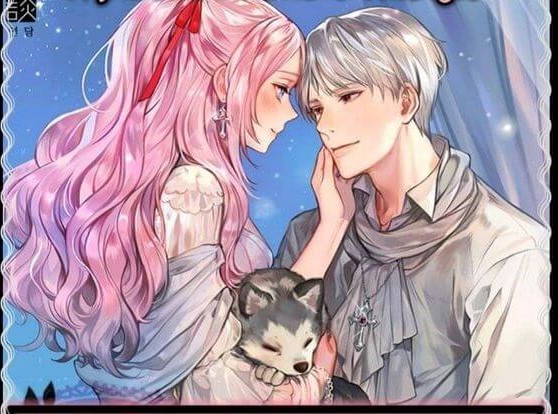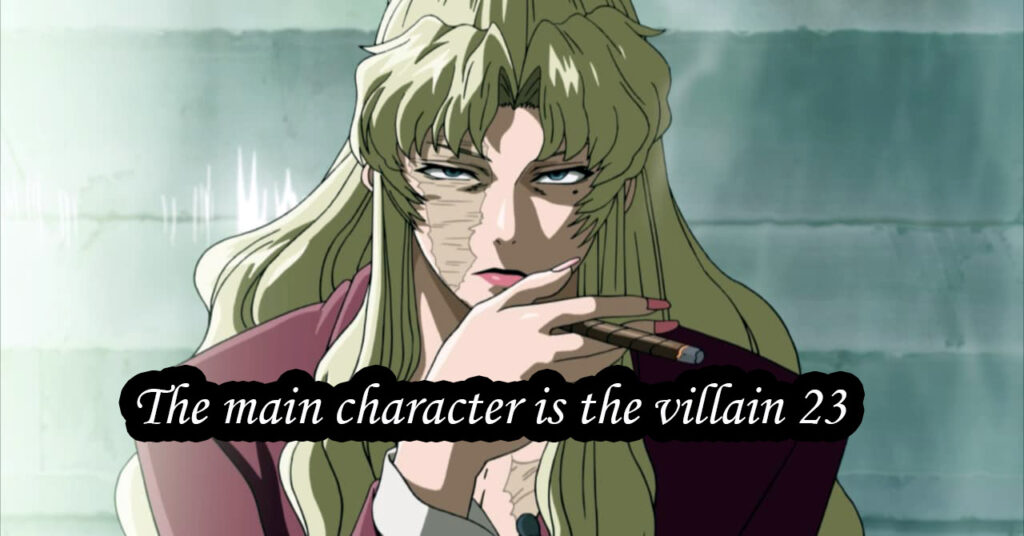The main character is the villain 23 The villain is a character that holds a special place in fiction. They are often the antagonist of the story, standing opposite to the hero or protagonist. In some cases, however, the main character is also the villain. This unique dynamic adds a new layer of complexity and intrigue to the story.
When the main character is also the villain, it creates an interesting perspective for readers or viewers. We get to see things from their point of view and understand their motivations on a deeper level. It can be fascinating to explore what drives someone to act in such nefarious ways and how they justify their actions to themselves.
However, creating a compelling villain as your main character requires careful consideration and skillful execution. The audience needs to both understand and relate to them at some level while still recognizing that what they’re doing is wrong.
The main character is the villain 23

The concept of having the main character be the villain is a bold and intriguing choice for storytellers. It flips traditional storytelling on its head and challenges audiences to see things from a different perspective. While it may seem counterintuitive to root for the bad guy, this narrative approach can create complex and compelling characters that leave a lasting impression.
One of the benefits of having the main character be the villain is that it allows for exploration of their motivations and backstory. By delving into what led them down this dark path, audiences can gain a deeper understanding of their actions and perhaps even sympathize with them on some level. This approach also adds layers of complexity to the story as conflicts arise not just between heroes and villains but within the protagonist themselves.
However, it’s important to note that not every story can effectively pull off this type of narrative structure.The concept of having the main character be the villain is a bold and intriguing choice for storytellers. It flips traditional storytelling on its head and challenges audiences to see things from a different perspective. While it may seem counterintuitive to root for the bad guy, this narrative approach can create complex and compelling characters that leave a lasting impression.
One of the benefits of having the main character be the villain is that it allows for exploration of their motivations and backstory. By delving into what led them down this dark path, audiences can gain a deeper understanding of their actions and perhaps even sympathize with them on some level. This approach also adds layers of complexity to the story as conflicts arise not just between heroes and villains but within the protagonist themselves.
However, it’s important to note that not every story can effectively pull off this type of narrative structure.
Character Development: The Role of Protagonist and Antagonist
When we think of character development in storytelling, we often focus on the protagonist – the hero who undergoes a transformation and overcomes challenges. However, the role of the antagonist is just as important in driving the narrative forward and creating conflict. What happens when the main character is actually the villain? This unique perspective can provide an interesting twist on traditional storytelling.
By making the protagonist a villain, it allows for a deeper exploration of their motivations and background. The audience may not root for them to succeed, but they will still be invested in their journey. In order for this type of character development to be successful, it’s important to make sure that their actions are still believable and understandable within the context of the story.
The role of the antagonist also becomes more complex when dealing with a villainous protagonist. They may not necessarily be portrayed as evil, but rather opposing forces with differing goals and values.
Narrative Style: Nonlinear Storytelling
Narrative style is an essential element in storytelling. Nonlinear storytelling, in particular, has been gaining popularity in recent years for its ability to create intrigue and suspense. One emerging trend within nonlinear storytelling is presenting the main character as the villain.
In this type of narrative style, the protagonist isn’t always the hero or savior we expect them to be. Instead, they may be flawed and morally ambiguous characters who make questionable decisions throughout the story.
Nonlinear storytelling also allows writers to play with time and space while still maintaining a cohesive plot structure.
the main character is the villain 23 Motivation Behind Actions: Exploring Inner Conflict
Exploring the motivation behind actions is crucial to understanding characters in literature and media. This holds especially true when it comes to the villain 23, who has captured audiences’ attention with their enigmatic and intriguing nature. At first glance, it may seem like they are motivated purely by greed or power, but a deeper exploration reveals that there is much more at play. the main character is the villain 23
One of the key factors driving villain 23’s actions is their inner conflict. On one hand, they may have a desire for wealth and success, but on the other hand, they may
Furthermore, villain 23’s past experiences can also heavily influence their present behavior.
Impact on Reader: Challenging Expectations
the main character is the villain 23 When it comes to storytelling, we often expect the protagonist to be the hero and the antagonist to be the villain. But what happens when the lines between good and evil are blurred?
One such example of this is in the critically acclaimed film “23”. The movie follows the life of Robert Hanssen, an FBI agent who sold classified information to foreign governments. As we watch his story unfold, we begin to question our own moral compass. How can someone who committed such heinous acts still have redeeming qualities?




2 Comments
Pingback: Bold Quotes from Ancient Philosopher Epictetus - For News Pro
I don’t think the title of your article matches the content lol. Just kidding, mainly because I had some doubts after reading the article.